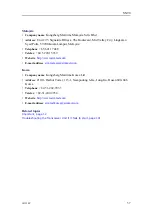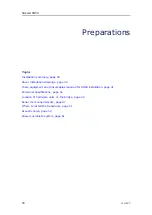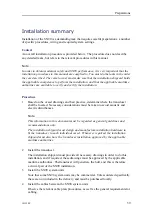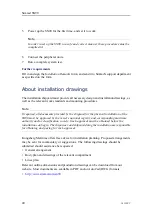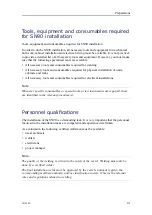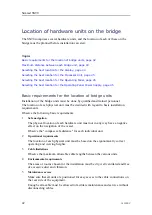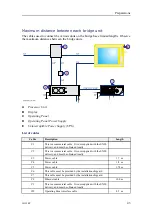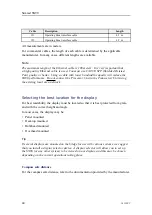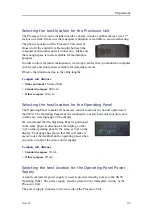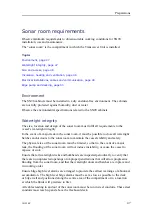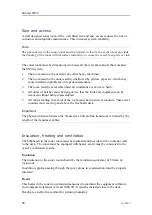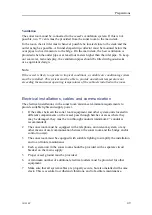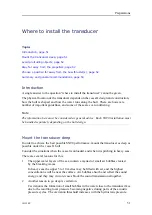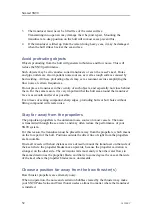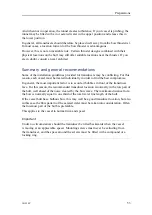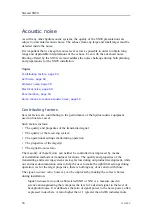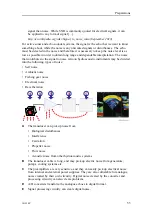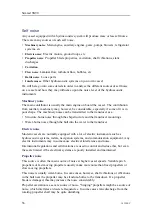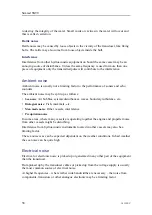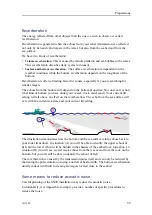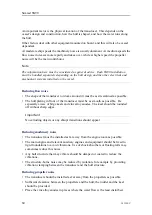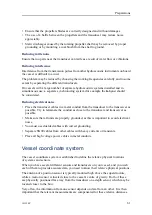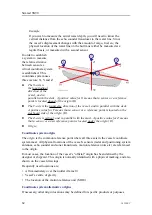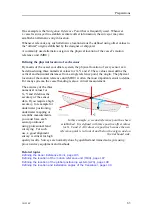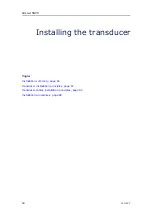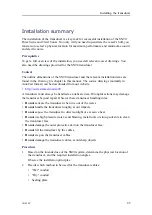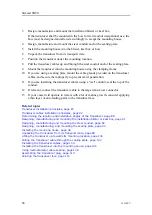
381298/C
51
Where to install the transducer
Topics
Mount the transducer deep, page 51
Avoid protruding objects, page 52
Stay far away from the propellers, page 52
Choose a position far away from the bow thruster(s), page 52
Summary and general recommendations, page 53
Introduction
A single answer to the question “where to install the transducer” cannot be given.
The physical location of the transducer depends on the vessel's design and construction,
how the hull is shaped, and how the water runs along the hull. There are however a
number of important guidelines, and some of these are even conflicting.
Note
The information here must be considered as general advice. Each SN90 installation must
be handled separately depending on the hull design.
Mount the transducer deep
In order to achieve the best possible SN90 performance, mount the transducer as deep as
possible under the vessel’s hull.
Consider the situations when the vessel is unloaded, and when it is pitching in heavy seas.
There are several reasons for this.
1
The upper water layers of the sea contain a myriad of small air bubbles created
by the breaking waves.
In heavy seas the upper 5 to 10 metres may be filled with air, and the highest
concentrations will be near the surface. Air bubbles absorb and reflect the sound
energy, and they may in worst cases block the sound transmission altogether.
2
Another reason to go deep is cavitation.
Cavitation is the formation of small bubbles in the water close to the transducer face
due to the resulting local pressure becoming negative during parts of the acoustic
pressure cycles. The cavitation threshold increases with the hydrostatic pressure.
Summary of Contents for Simrad SN90
Page 2: ......
Page 117: ...381298 C 115 Related topics Installation summary page 65 Installing the transducer ...
Page 236: ...234 381298 C 372915 Clamping frame Simrad SN90 ...
Page 295: ......
Page 296: ... 2016Kongsberg Maritime ISBN 978 82 8066 179 1 ...
Page 297: ......

